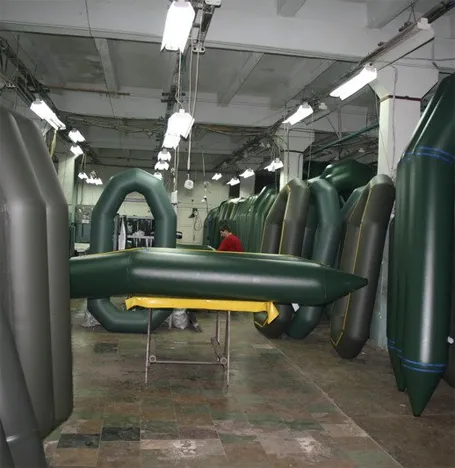Comparative Characteristics of PVC vs. Other Materials

As the basic rule of political economy states—demand creates supply. This has led to a wide variety of inflatable boat models on the market, making the selection process challenging. Boats differ in size, capacity, usage purpose, and even design, which can leave buyers feeling uncertain. Many people focus on the brand, often opting for well-known imported products backed by famous names.
But the first thing to pay attention to is the material from which the boat is made. The most common options are rubber and PVC. So which is better? Let’s compare a few important factors.
- Durability: Rubber significantly falls short in durability compared to PVC. It’s sensitive to sunlight and much easier to puncture. Improper storage can make it vulnerable to freezing temperatures, leading to cracks or ruptures.
- Elasticity: PVC boats fold easily without damage. Rubber, on the other hand, is less elastic. Long-term storage in a folded state can cause creases that eventually crack when inflated. Rubber has a higher tendency to deform, requiring extra care during use.
All things considered, rubber lags behind PVC in many respects. Therefore, when purchasing an inflatable boat, it’s best to choose models made from PVC.
Our products stand out for their quality, reliability, and comfort. When you purchase a Bark inflatable boat, you’ll take your outdoor adventures to the next level—making them more exciting and enjoyable while remaining safe and convenient.
